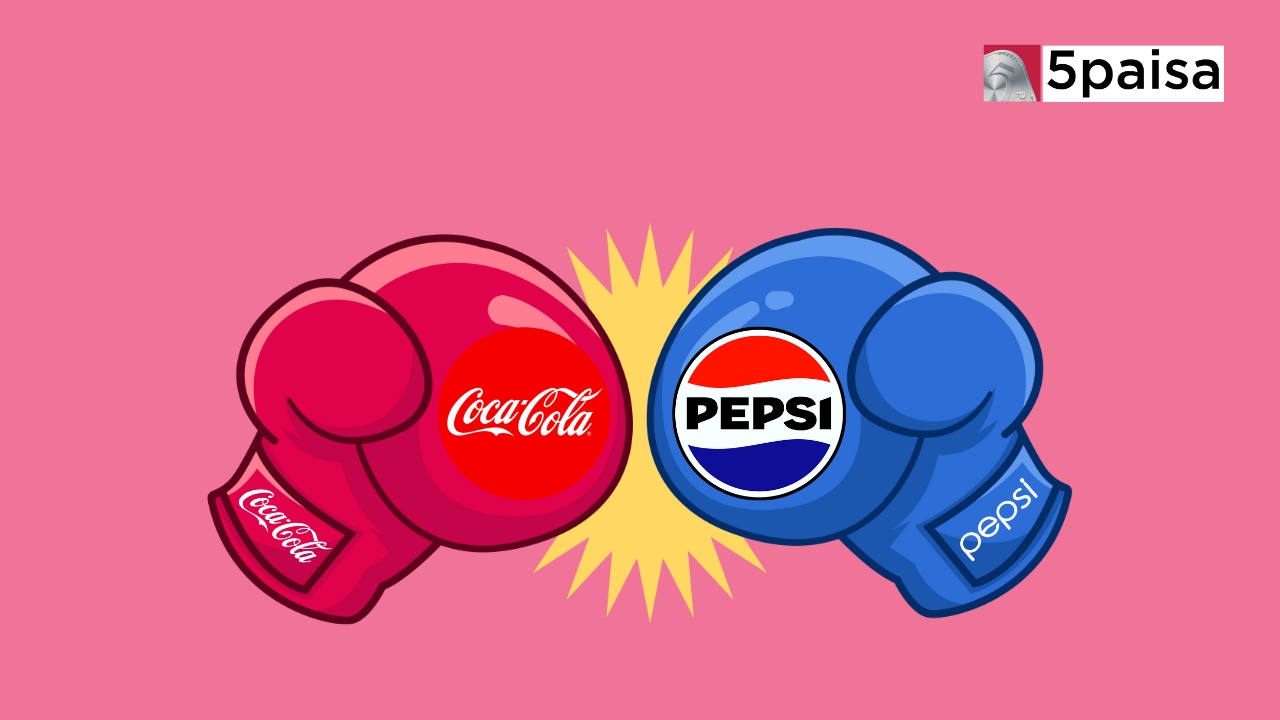Weekly Wrap-Up: How Coca-Cola Triumphed Over Pepsi

Once upon a time, in the annals of marketing history, there existed a legendary feud between two beverage titans – the Coca-Cola Company of Atlanta & the Pepsi-Cola Company of New York. This epic clash, known as the Cola Wars, unfolded over decades, with each company's marketing departments engaging in a relentless duel to claim the coveted title of the number one soft drink in consumers' minds.
The saga began in 1886 when John Pemberton, a pharmacist with a penchant for experimentation, accidentally concocted a beverage that would later become the iconic Coca-Cola. Originally devised as a medicine containing cocaine from coca leaves & caffeine from kola nuts, Coca-Cola evolved into a refreshing elixir, eventually losing the cocaine but gaining an enduring place in American culture.
As Coca-Cola rose to prominence, imitators emerged, prompting the company to adopt defensive strategies in the 1900s. A pivotal move was the introduction of a unique 6 ½ ounce bottle, strategically timed to thwart competitors & maintain market dominance. Yet, the tranquillity of Coca-Cola's reign was disrupted by Pepsi during the Great Depression.
Pepsi's audacious strategy involved offering a 12-ounce bottle for the same nickel price, leveraging a catchy jingle that resonated across the nation. This flanking move caught Coca-Cola off guard, highlighting a critical lapse in defensive warfare. Pepsi's triumph ushered in an era of innovation, with both companies introducing various sizes & advertising campaigns, perpetuating the Cola Wars.
The 1960s witnessed a seismic shift with the entry of Royal Crown Company's Diet Rite Cola, introducing the concept of diet cola. Unfortunately, Royal Crown failed to capitalize on its initial success, leading to a vacuum promptly filled by Coca-Cola's Tab in 1963. Meanwhile, Pepsi countered with Diet Pepsi, launching an overtly sexual advertising campaign that added a provocative twist to the Cola Wars narrative.
In a surprising turn of events in 1982, Coca-Cola unveiled Diet Coke, shaking the foundations of the cola market. The introduction marked a departure from the iconic Coca-Cola name, choosing "Tab" instead, & later evolving into a full-fledged Diet Coke. The diet cola battleground intensified with the introduction of Nutrasweet, a sugar substitute, sparking an advertising warfare between Diet Coke & Diet Pepsi.
Diet Pepsi's offensive strategy, emphasizing 100 percent Nutrasweet, prompted a countermove from Diet Coke. In a savvy defensive maneuver, Coca-Cola revamped Diet Coke, removing saccharin & adopting 100 percent Nutrasweet. An advertising showdown ensued, illustrating the complexities of modern marketing warfare.
The battlefield extended to celebrity endorsements, with both companies enlisting the stars of the moment. Confusion reigned as consumers struggled to associate celebrities with specific brands, blurring the lines between reality & marketing spectacle.
As the cola companies face new challenges amidst a declining diet cola market, the Cola Wars saga continues. With shifting consumer tastes & growing confusion, the companies must navigate this evolving landscape to discover what consumers truly desire in a diet soft drink.
Mistakes
1. Lack of Defensive Preparedness: Coca-Cola's failure to anticipate Pepsi's strategic move during the Great Depression, leading to the introduction of a larger bottle for the same price, highlighted a critical lapse in defensive strategy.
2. Delayed Response to Diet Cola Trend: Despite Royal Crown's success with Diet Rite Cola, both Coca-Cola & Pepsi initially underestimated the potential of the diet cola market, allowing a smaller competitor to gain a significant share.
3. Celebrity-Driven Confusion: The intense competition for celebrity endorsements resulted in consumer confusion, as stars representing both brands created a blurred narrative, potentially diluting the distinct brand identities.
Learnings
1. Adaptability is Key: The ability to adapt to market trends & consumer preferences is crucial. Coca-Cola's successful introduction of Diet Coke in response to the diet cola trend demonstrates the importance of staying agile in a dynamic market.
2. Proactive Defensive Warfare: The case underscores the significance of proactive defensive strategies. Coca-Cola's success in the early 1900s, using a unique bottle to block competitors, highlights the importance of anticipating & countering rival moves.
3. Consumer-Centric Innovation: Both success & failure in the cola wars were often tied to understanding & meeting consumer needs. The rise of Diet Rite Cola & Diet Pepsi demonstrated that successful innovations often arise from identifying & addressing unmet consumer demands.
In conclusion, the Cola Wars represent more than a battle for market share; they are a riveting tale of innovation, strategy, & adaptation in the ever-changing world of marketing. As Coca-Cola emerged victorious over Pepsi in this epic saga, the story serves as a compelling narrative in the rich tapestry of business rivalries.
- Flat ₹20 Brokerage
- Next-gen Trading
- Advance Charting
- Actionable Ideas
Trending on 5paisa
Disclaimer: Investment in securities market are subject to market risks, read all the related documents carefully before investing. For detailed disclaimer please Click here.

 5paisa Research Team
5paisa Research Team
 Sachin Gupta
Sachin Gupta